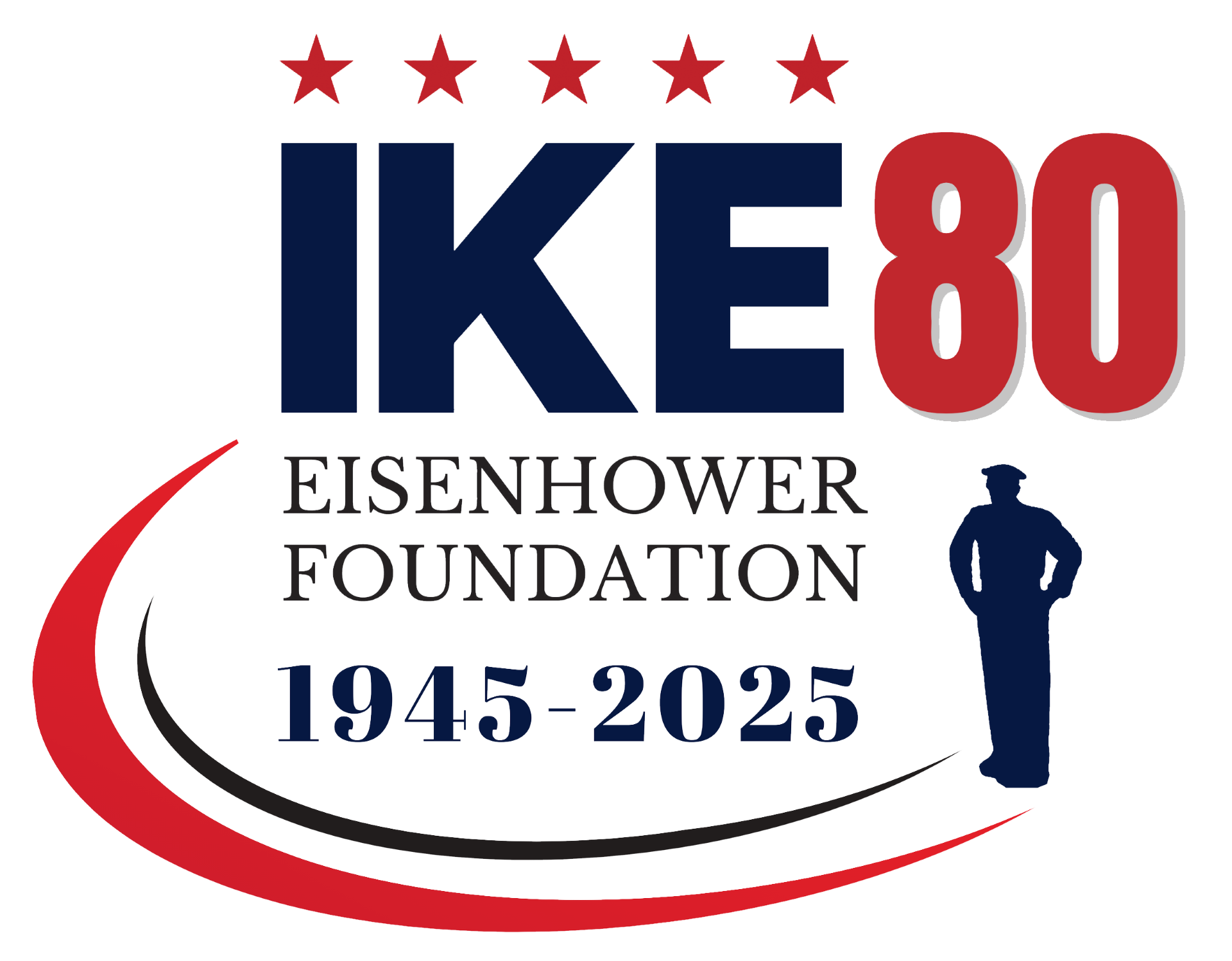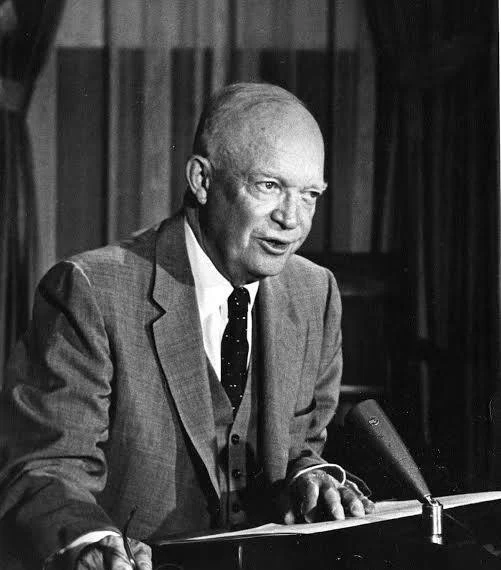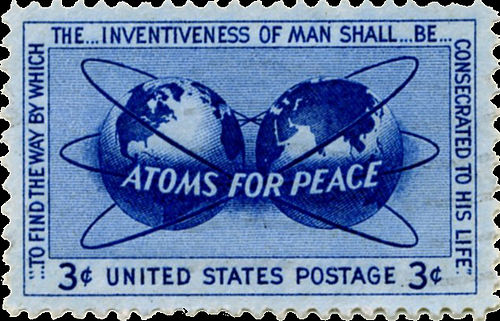Dec. 8 - Celebrating Eisenhower's Atoms for Peace
 PDCA's December forum will focus on President's Eisenhower's Atoms for Peace initiative.
PDCA's December forum will focus on President's Eisenhower's Atoms for Peace initiative.
In the speech before the United Nations General Assembly on December 8, 1953, President Dwight D. Eisenhower suggested a means to transform the atom from a scourge into a benefit for mankind. His "Atoms for Peace" speech embodied his most important nuclear initiative as President. From it sprang a panoply of peaceful atomic programs.
Eisenhower placed the debate over the control of nuclear science and technology, which had largely been the province of government officials and contractors, squarely before the public. Many have said that the public controversy over nuclear technology and its role in American society can be traced back to Eisenhower’s determination that control of nuclear science was an issue for all Americans.
The event will take place at noon at GWU's Lindner Family Commons (1957 E Street, NW, Room 602, Washington, D.C. 20052) and will also be available via Zoom. For those who arrive before 11:40 a.m., a light lunch will be provided.
To register to attend in-person, click here.
To register to watch the Forum via Zoom, click here.
The First Monday Forum is co-sponsored by PDCA and its partners the GWU Institute for Public Diplomacy and Global Communication and the USC Annenberg Center on Communication Leadership & Policy. Also sponsoring this program is the Eisenhower Foundation.
 Wikipedia states:
Wikipedia states:
The speech was part of a carefully orchestrated media campaign, called "Operation Candor", to enlighten the American public on the risks and hopes of a nuclear future. It was designed to shift public focus away from the military, a strategy that Eisenhower referred to as "psychological warfare."[3] Both Operation Candor and Atoms for Peace were influenced by the January 1953 report of the State Department Panel of Consultants on Disarmament, which urged that the United States government practice less secrecy and more honesty toward the American people about the realities of the nuclear balance and the dangers of nuclear warfare,[4] which triggered in Eisenhower a desire to seek a new and different approach to the threat of nuclear war in international relations.[5]

It presented an ostensible antithesis to brinkmanship, the international intrigue that subsequently kept the world at the edge of war.